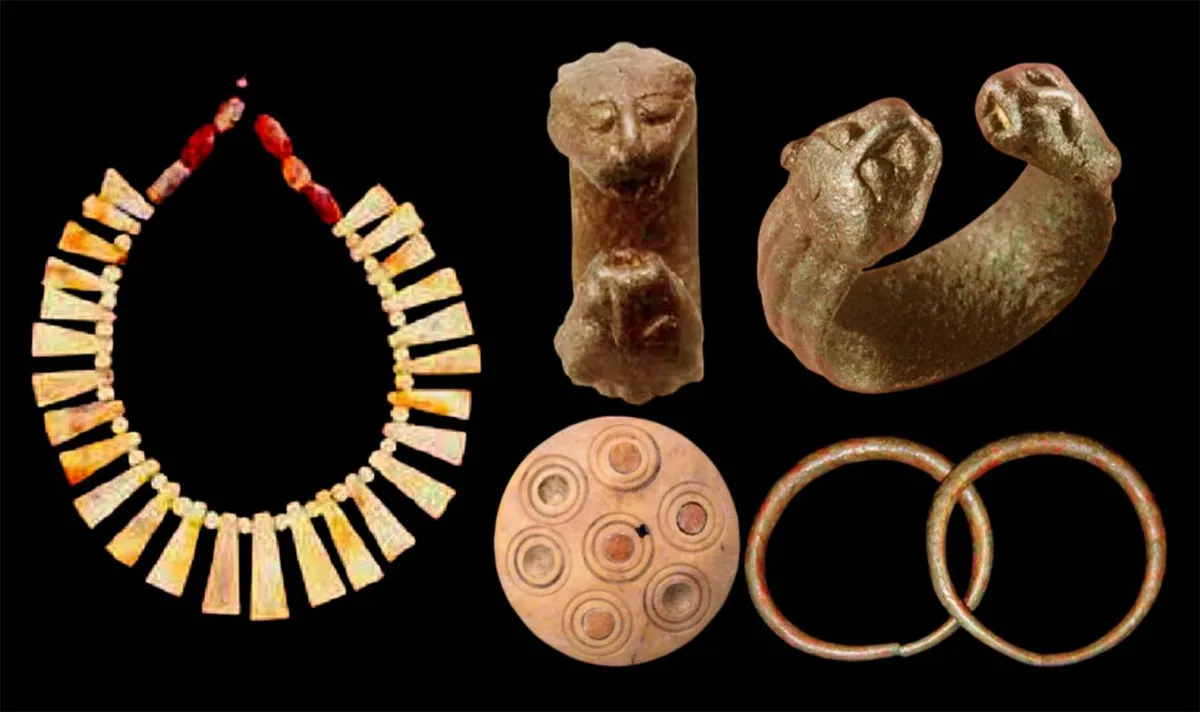Introduction to Archaeological Discoveries
In recent decades, continuous excavations in the United Arab Emirates have uncovered numerous archaeological burials, with the oldest dating back to the fifth millennium BC. One such significant site is Maliha, which boasts an archaeological history spanning from the third century BC to the third century AD.
The City of the Dead: Jabal al-Bhais
Jabal al-Bhais has been aptly described as "the city of the dead" due to its vast cemetery containing the remains of nearly a thousand human skeletons. Some of these skeletons were buried in underground graves, while others were laid to rest in simpler graves. The site’s significance first came to light in the early 1970s when an Iraqi mission discovered the remnants of a stone building on a slope in the northeast of the Rocky Mountain.
Excavation and Exploration
Following the initial discovery, a French mission conducted a comprehensive survey of the site in 1990, shedding light on the settlement’s characteristics and phases of development. Later, a joint mission from the Department of Antiques in the Cultural and Information Department of Sharjah and the Institute for Archaeological Studies for Prehistoric and Historical and Middle Ages at the University of Tübingen took over the excavation work. This mission, which started in 1994 and continued until 2005, uncovered a wide array of funeral artifacts, including 91 graves that were meticulously classified.
Funeral Artifacts and Jewelry
Among the artifacts discovered were various groups of metal pots, stone pots, metal utensils, metal daggers, and seals, in addition to an array of decorative jewelry. This jewelry included necklaces, bracelets, and anklets made from diverse materials such as local pearls, mussels, and stones from abroad, including "Obsidian" from south of the Arabian Peninsula and "Vulkan Glas" from south of Mesopotamia. The necklaces found in the graves of Jabal Al-Bhais were particularly noteworthy, with some featuring pearls used to adorn the neck, waist, wrist, and ankle.
Unique Finds
One of the characteristic groups of jewelry was found in grave 66, which included pieces with red agate stone balls, gilded pearls, two golden bracelets, and a circular shell piece resembling a brooch. Another significant find was a bronze bracelet from grave 83, which featured a graphic character with 26 triangular and flat pieces separated by a miniature circuit, each decorated with three cylindrical rotors. This piece was unique in the cemetery’s legacy and showed a resemblance to a famous double golden bracelet known as "Nimrod Gold" from King Assyria Nasrabal II Palace, dating back to 883-859 BC.
Cultural Significance
The discovery of these artifacts and jewelry not only provides insight into the funerary practices of the past but also highlights the cultural exchange and communication that existed between the Arabian Peninsula and other civilizations. The similarity between the bronze bracelet from Jabal Al-Bhais and the golden Assyrian bracelet suggests a connection between the two regions, with the former possibly being a local adaptation of the latter. These findings underscore the significance of Jabal al-Bhais as a window into the past, offering a glimpse into the lives and traditions of ancient cultures.

